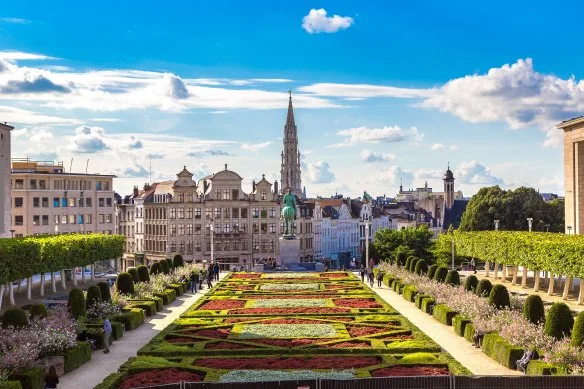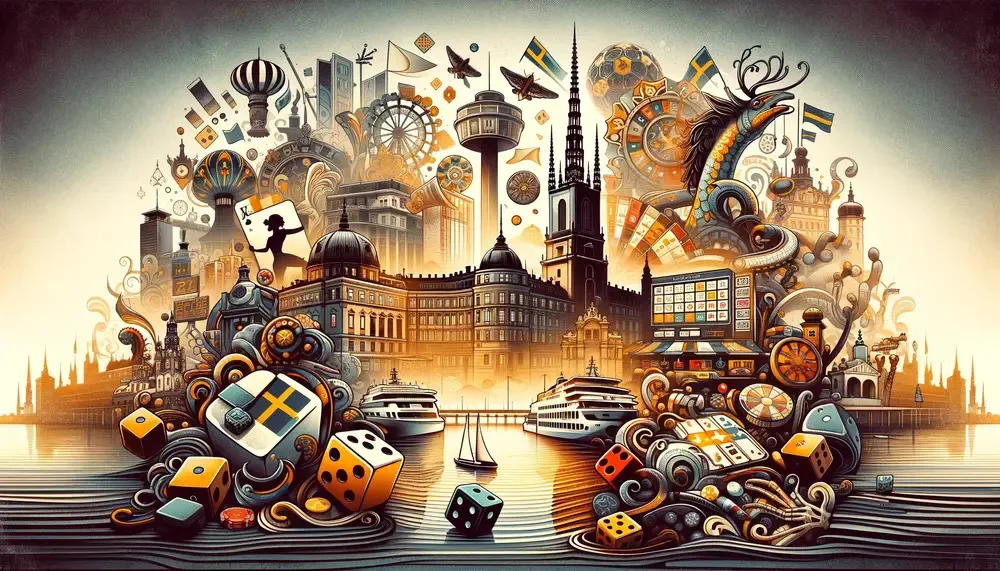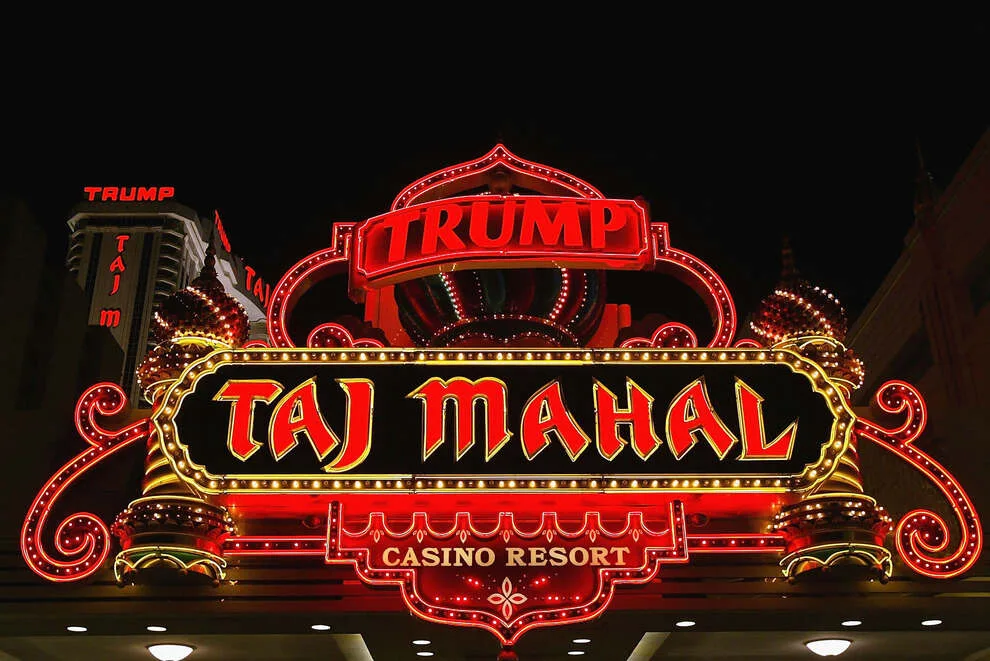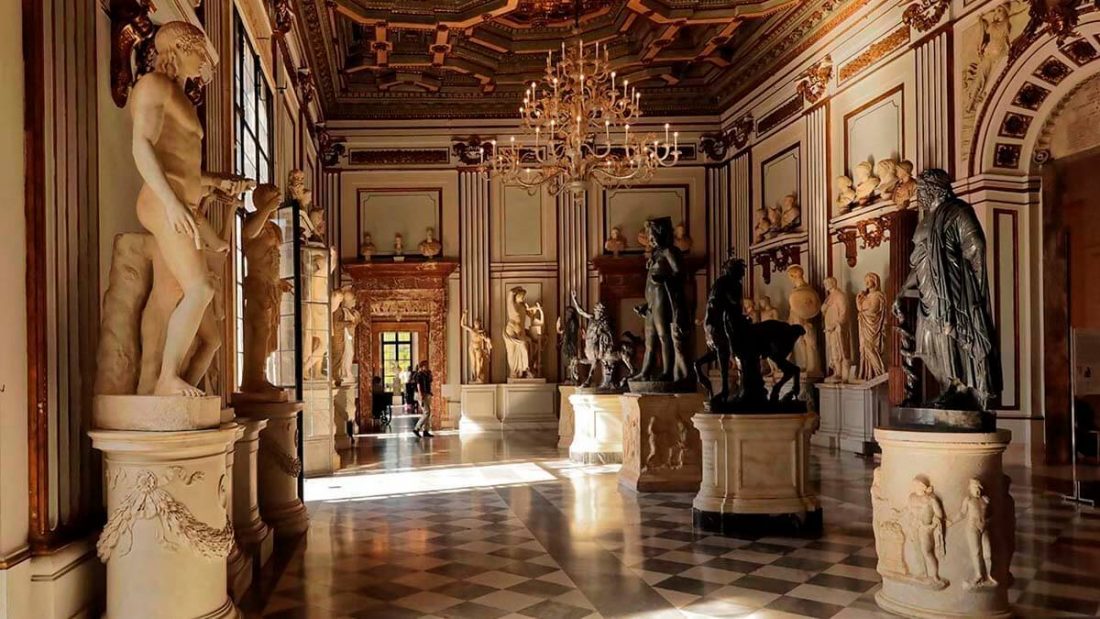
Capitoline Museums
The Capitoline Museums is one of the prominent attractions of Italy. The Capitoline Museums mark the era of art and architectural elegance in the country. The museums today are both a historical sites and place of culture. The museums built in 1471, is of immense importance to visitors as symbol of storehouse of medieval and Renaissance art, artifacts, culture, and various masterpieces. The Capitoline Museums in Italy are included in the sightseeing tours of Rome. The tourists visiting the museum buildings are often archaeologists, historians, artists, and students on excursion.
About Capitoline Museum
The Capitoline Museums are group of archaeological galleries in Piazza del Campidoglio located in Capitoline Hill. These museums have made the entire hill region popular among foreign travelers. The museums are part of three separate buildings of the palazzi or palace. The three buildings or palazzi are surrounded by a central trapezoidal piazza designed by famous architect in Italy, Michelangelo Buonarroti in the year 1536. It took around 400 years to complete the museum buildings. They opened to the public in 1734 after the inauguration by Pope Clement. The museum houses some of the exclusive pieces of art, Roman statues, paintings, artifacts, coins, and other items related to the Renaissance and medieval era.
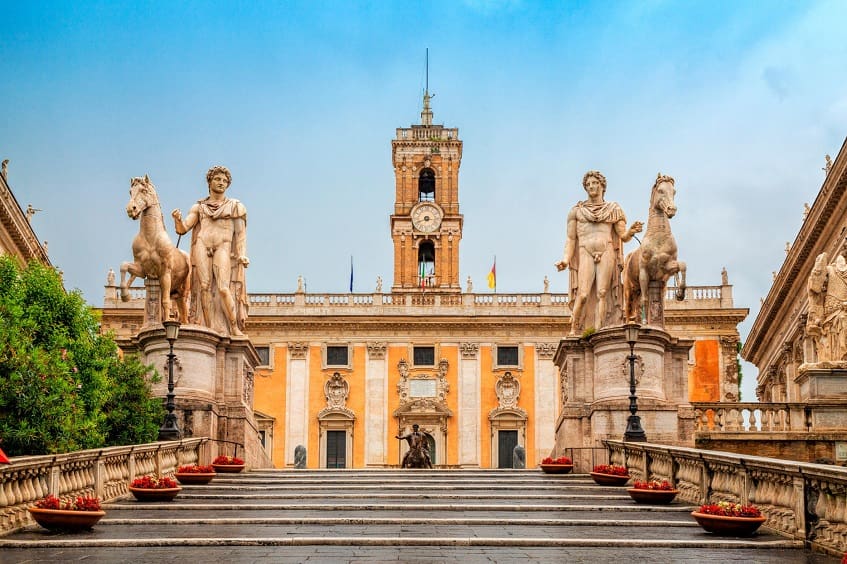
History of the Capitoline Musuems
The significant turning point of the collections in the museum came in the second half of 16th century. Pope Pius V announced that many statues and sculptures of Vatican would be removed. These notable works of art, sculptures, statues, and artifacts were added to the Capitoline Museums instead. This increased the collection of the palazzo museums largely. The historical nature of the museum changed into an aesthetic one. After 1654, the museums came to house many new collections.
Capitoline Museum attractions
The three buildings of the Capitoline Museums, Rome are great attractions to tourists.
Palazzo Senatorio was built in the 12th century Italy as commissioned by artists Michelangelo. His designs are the main attractions of this building.
Palazzo dei Conservatori was constructed in the middle of the 16th century.
Palazzo Nuovo was formed in the 17th century but resembled the Palazzo dei Conservatori in exterior designs.
The history of the Capitoline Museum dates back to 1471. The major collections came from Pope Sixtus IV. The collections mainly included bronze statues and sculptures. The present collections include inscriptions, artifacts, metals, and bronze and silver wares dating to the 4th century Italy. Many middle Ages documents and inscriptions are also preserved here. The Capitoline Picture Gallery host two important collections such asthe Sacchetti and the Pio.


